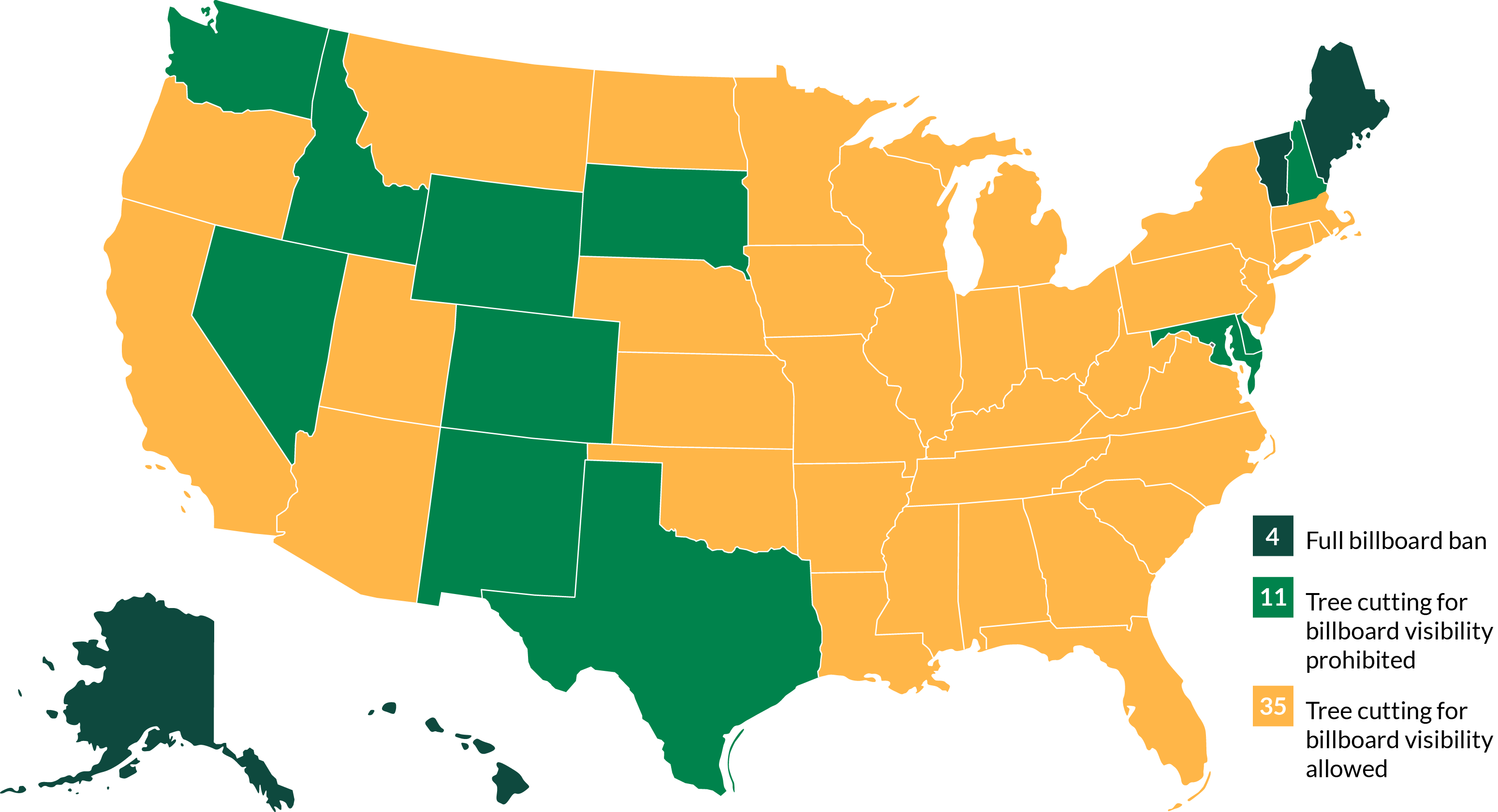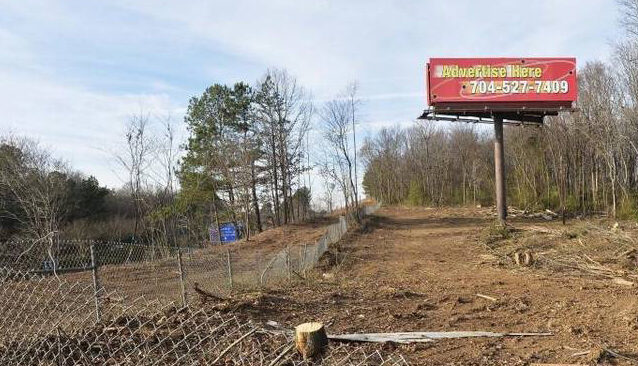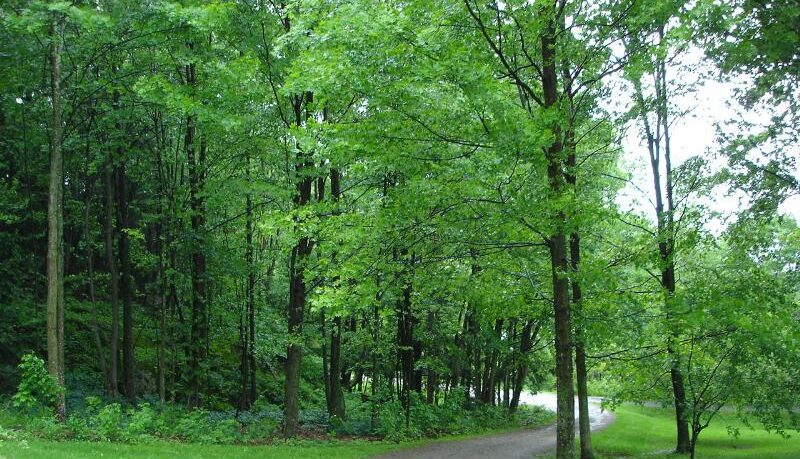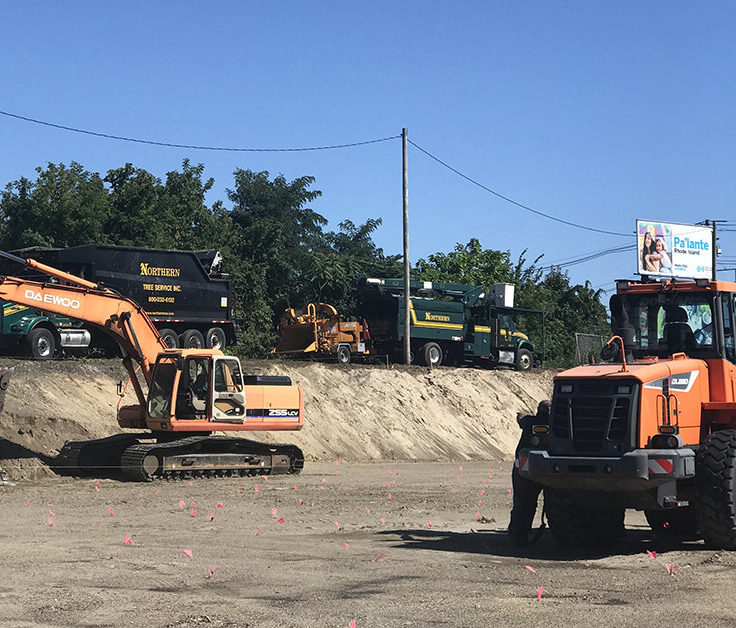Destroying Trees for Billboard Visibility
The Highway Beautification Act was intended to protect public investment in our nation’s highways and to preserve the natural beauty of the landscapes they traversed.
However, 35 states allow billboard companies to cut and remove publicly owned trees growing alongside our federal highways on publicly owned land merely to increase the visibility of commercial billboards.

There is no federal prohibition of vegetation removal or tree cutting within public rights-of-way for the purpose of enhancing the view of billboards.
For many years, the Federal Highway Administration (FHWA) enforced a policy in a memo issued in 1990 that prohibited the cutting of trees on public lands, stating: “The preservation of the environmental and scenic quality of our Nation’s highways concerns us all.” It also emphasized, “to clear vegetation solely to improve the visibility of signs subject to removal under the Highway Beautification Program is not environmentally responsive.”
However, in 1992, under pressure from the billboard industry, FHWA revoked the memo and indicated it would stop enforcing the Highway Beautification Act’s penalties. The brief mention in the memo that FHWA does not endorse tree cutting as a practice and that right-of-way maintenance is a state concern has allowed publicly owned trees to be clear-cut across the country, resulting in environmental and economic damage.
We believe that trees should only be removed to enhance safety and mobility and to control harmful invasive species.
Otherwise, there is no legitimate reason to remove trees and other vegetation– which are public assets–and particularly not for billboard visibility.

Highway Buffer Trees are Valuable Assets
Highway buffer trees are valued by neighboring communities and homeowners as natural noise, visual, and pollution barriers that enhance property values. These benefits are immediately diminished when they are removed for the benefit of billboard owners. And, because billboards are often sited near lower-income, marginalized communities, the impact of fewer trees on air quality and property values is particularly concerning.

We Must Protect Publicly Owned Trees
Publicly owned trees are valuable community assets. They help control runoff; function as natural sound, visual, and pollution barriers; and protect neighborhoods and homeowner land values from highway noise, flooding, and visual blight, all at a fraction of the cost of manufactured barriers or flood mitigation.

Tell Congrees: Put Trees Before Billboards
Tell Congress to prohibit tree cutting for billboard visibility.
Take Action